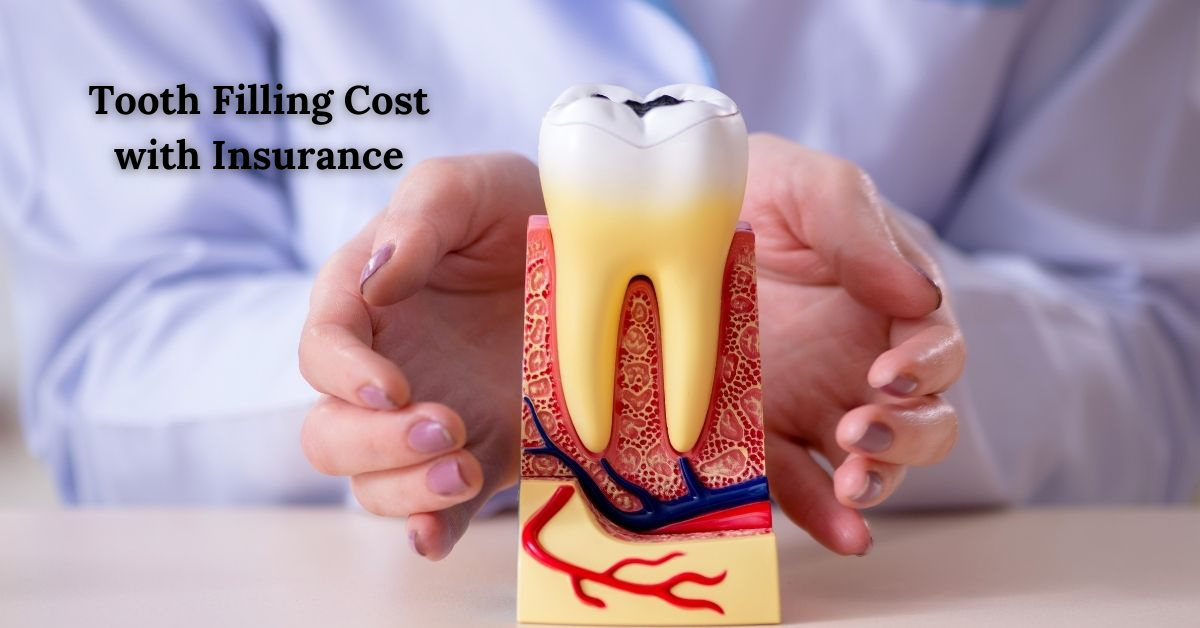
Tooth Filling Cost with Insurance
Dental Tooth Filling Cost with Insurance
Engaging in outdoor activities contributes significantly to overall well-being. These activities not only improve physical health by offering cardiovascular exercise and building strength but also enhance mental and emotional well-being. Witnessing natural phenomena like rainbows adds to the joy and wonder, providing cherished moments and cultural symbolism.
The Filling Divide: Dental Tooth Filling Cost with Insurance
In today’s health-conscious world, maintaining dental health is a priority for many. Yet, toothfilling costs continue to rise, posing a significant financial burden on individuals. Dental insurance was designed to alleviate these expenses and ensure affordable access to necessary care. However, the reality often falls short of this promise.
The Current Landscape
The average cost of a tooth filling can range from $150 to $400 depending on the material used and the complexity of the procedure. For individuals without coverage, this means that even minor dental work can become a substantial financial burden. The high cost of fillings without insurance often leads people to delay or avoid necessary dental care, exacerbating the problem.
The Promise of Insurance
Dental insurance is supposed to be the safety net that helps cover these costs. Ideally, it would ensure that everyone has access to affordable dental care, including routine procedures like tooth fillings. Most policies come with the promise of reducing out-of-pocket expenses by covering a significant portion of the costs associated with dental treatments.

The Reality Check
However, the reality of dental insurance is far more complex. High deductibles, waiting periods, and coverage gaps for pre-existing conditions are just a few of the obstacles policyholders face. Many dental plans only cover a percentage of the cost of fillings, leaving patients to shoulder a large portion of the expense. Additionally, Insurance companies often impose annual maximums, limiting the total amount they will pay out in a year. This means that extensive dental work can quickly exceed these limits, leaving patients with hefty bills.
Personal Reflection
During a routine dental check-up, my dentist informed me that I needed two fillings. As someone who diligently maintains dental insurance, I assumed the cost would be minimal. However, when the receptionist handed me the estimate, I was taken aback. Even with this, the out-of-pocket expense was significant due to high deductibles and the specific coverage percentage for fillings. This eye-opening experience made me realize that dental doesn’t always provide the financial relief one might expect.
The Way Forward
To improve the affordability and accessibility of dental care, we need to advocate for policy changes. Insurance companies should be encouraged to offer plans with lower deductibles and more comprehensive coverage for basic dental procedures. Additionally, exploring alternative coverage options, such as dental discount plans or employer-sponsored dental benefits, could provide more affordable solutions for individuals and families.
Conclusion:
Navigating the costs of dental care with insurance remains a challenging endeavor for many. While dental insurance holds the promise of affordable care, the reality is often marred by high deductibles, coverage gaps, and complex policies. By advocating for policy changes and exploring alternative coverage options, we can work towards a future where dental care is truly accessible and affordable for everyone.
My Opinion:
In my opinion, the current state of dental insurance inadequately addresses the financial strain associated with dental care. While the promise of reduced out-of-pocket expenses is enticing, the practical application often falls short due to high deductibles, limited coverage percentages, and annual caps. This configuration disproportionately affects those who are already vulnerable, turning necessary dental treatments into significant financial hurdles. By revisiting and reforming insurance policies to include lower deductibles and more comprehensive coverage for essential procedures, we could significantly improve access to dental care.
Frequently Asked Questions (FAQ)
What does dental insurance typically cover?
Dental insurance usually covers a portion of the costs for various dental procedures, including routine check-ups, cleanings, X-rays, fillings, crowns, and sometimes orthodontic treatments. However, the extent of coverage can vary widely between plans. Preventive care is often covered at higher percentages, while basic and major procedures may only receive partial coverage.
Why are deductibles and co-pays so high with dental insurance?
High deductibles and co-pays are often the result of insurance companies balancing their risk and operational costs. These out-of-pocket expenses are meant to ensure that policyholders share in the costs, which helps to prevent the overuse of services. Unfortunately, this can lead to significant financial burdens for those requiring more intensive dental care.
Are there alternatives to traditional dental insurance?
Yes, there are alternatives such as dental discount plans, which offer reduced rates on dental services for a monthly or annual fee. Additionally, some employers provide employee-sponsored dental benefits that may offer more comprehensive coverage. Community health programs and clinics may also provide low-cost dental services.
What is a waiting period in dental insurance, and why does it matter?
A waiting period is the length of time a policyholder must wait before their insurance plan will cover certain procedures. This period can range from a few months to a year, depending on the procedure. Waiting periods are important because they can delay access to necessary treatments, impacting one’s oral health.
How can I choose the right dental insurance plan?
When choosing a dental insurance plan, consider the following factors: monthly premiums, coverage percentages for different types of procedures, annual maximums, deductibles, waiting periods, and the network of participating dentists. It is also beneficial to read reviews and consult with your dentist about which plans they accept and recommend.
Disclaimer:
The information provided in this document is for general informational purposes only and does not constitute professional advice. While efforts have been made to ensure the accuracy and completeness of the content, we do not guarantee its accuracy and accept no liability for any errors or omissions. Always consult with a qualified dental professional. Dental insurance policies and coverage options may vary greatly, and it is essential to thoroughly review any plan’s terms and conditions before making a decision.





